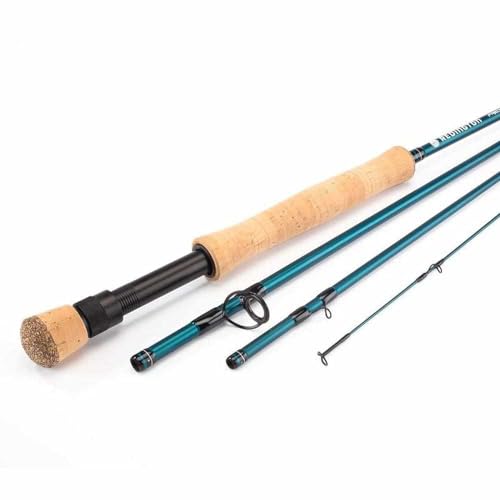Essential Steelhead Terminology
Steelhead fly fishing is a pursuit rich in tradition, technique, and a language all its own. Whether you're a seasoned angler or new to the sport, understanding the terminology can enhance your experience on the water. This guide breaks down essential steelhead terms, providing clarity and insight to help you communicate effectively and fish more successfully.
Essential Steelhead Fly Fishing Terminology
Swing
The "swing" refers to the arc your fly makes as it moves across the current after casting. It's a fundamental presentation technique in steelhead fishing, allowing the fly to mimic natural prey movements.
Dangle
The "dangle" is the position your fly reaches at the end of the swing, directly downstream from your position. Steelhead often strike during the dangle, making it a critical moment to stay alert.
Hang-Down
Similar to the dangle, the hang-down is the point where your fly stops swinging and hangs in the current. It's another prime opportunity for a steelhead to take the fly.
Mend
Mending involves repositioning your fly line on the water to achieve a natural drift. Proper mending reduces drag and ensures your fly moves convincingly through the current.
Sink Tip
A sink tip is a section of fly line designed to sink, allowing your fly to reach deeper parts of the water column. It's essential for targeting steelhead holding in deeper runs.
Spey Cast
A casting technique using a two-handed rod, the Spey cast allows for long-distance casts with minimal backcasting space.It's particularly useful on large rivers where backcasting room is limited.
Run
A "run" is a section of river where steelhead are likely to be found, typically characterized by a steady current and depth suitable for holding fish.
Tailout
The tailout is the downstream end of a pool or run, where the water begins to shallow and speed up. Steelhead often rest in tailouts before moving upstream.
Head
The head is the upstream part of a pool or run, where water first enters. It's a common holding spot for steelhead, especially during low-light conditions.
Seam
A seam is the line where two currents meet, creating a distinct flow boundary. Steelhead often position themselves along seams to conserve energy while waiting for food.
Related: Facts About Steelhead
FAQs: Steelhead Fly Fishing Terminology
What is the importance of the "swing" in steelhead fishing?
The swing is crucial as it presents the fly in a natural, enticing manner across the current, increasing the chances of a strike.
How does mending improve my fly presentation?
Mending adjusts your line to reduce unnatural drag, allowing the fly to drift more naturally and appeal to steelhead.
Why use a sink tip line?
Sink tips help your fly reach deeper water where steelhead may be holding, especially in colder conditions.
When should I perform a Spey cast?
Spey casting is ideal when you have limited backcasting space and need to make long, controlled casts across large rivers.
What makes tailouts effective fishing spots?
Tailouts provide resting areas for steelhead transitioning between pools, making them strategic locations to target.
How do seams benefit steelhead anglers?
Seams concentrate food and offer steelhead a place to hold with minimal energy expenditure, making them prime fishing zones.
// Related Posts About Fly Fishing



















